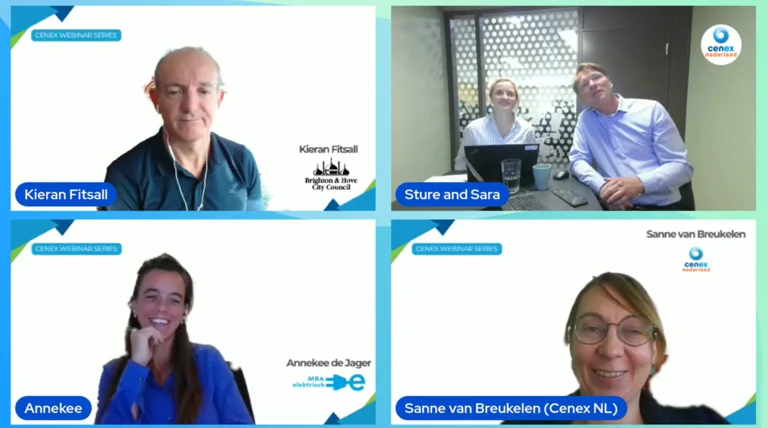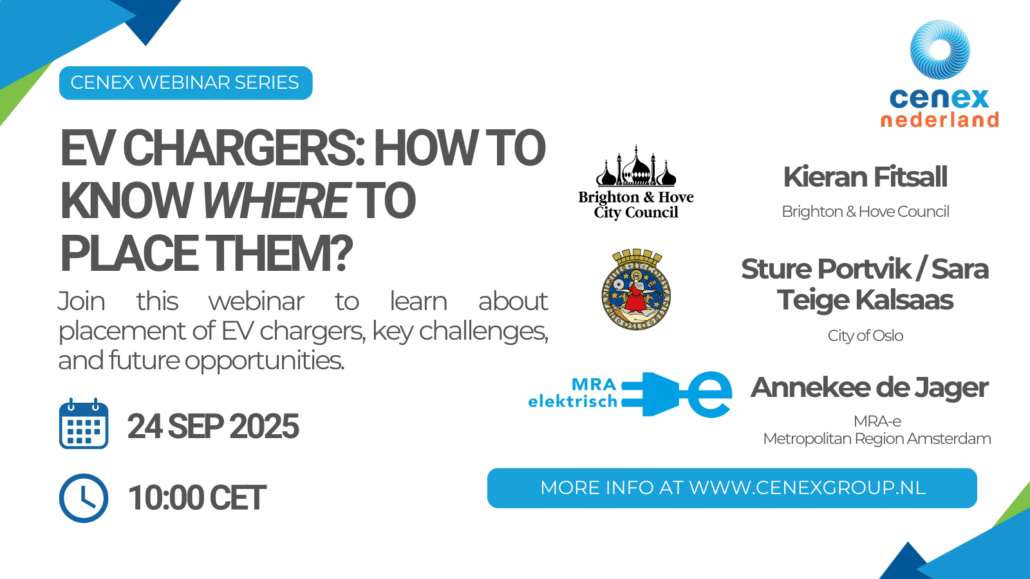[av_section min_height=” min_height_pc=’25’ min_height_px=’500px’ padding=’default’ margin=” custom_margin=’0px’ color=’main_color’ background=’bg_color’ custom_bg=” background_gradient_color1=” background_gradient_color2=” background_gradient_direction=’vertical’ src=” attach=’scroll’ position=’top left’ repeat=’no-repeat’ video=” video_ratio=’16:9′ video_mobile_disabled=” overlay_enable=” overlay_opacity=’0.5′ overlay_color=” overlay_pattern=” overlay_custom_pattern=” shadow=’no-border-styling’ bottom_border=’no-border-styling’ bottom_border_diagonal_color=’#333333′ bottom_border_diagonal_direction=’scroll’ bottom_border_style=’scroll’ scroll_down=” custom_arrow_bg=” av-desktop-hide=” av-medium-hide=” av-small-hide=” av-mini-hide=” id=” custom_class=” aria_label=” av_element_hidden_in_editor=’0′ av_uid=”]
[av_one_half first min_height=” vertical_alignment=” space=” row_boxshadow=” row_boxshadow_color=” row_boxshadow_width=’10’ custom_margin=” margin=’0px’ mobile_breaking=” border=” border_color=” radius=’0px’ padding=’0px’ column_boxshadow=” column_boxshadow_color=” column_boxshadow_width=’10’ background=’bg_color’ background_color=” background_gradient_color1=” background_gradient_color2=” background_gradient_direction=’vertical’ src=” background_position=’top left’ background_repeat=’no-repeat’ highlight=” highlight_size=” animation=” link=” linktarget=” link_hover=” title_attr=” alt_attr=” mobile_display=” id=” custom_class=” aria_label=” av_uid=’av-7rcuak’]
[av_heading heading=’Replay the Webinar: Energy Synergies in Transportation Hubs & Smart Charging Pilots – June 10, 2020′ tag=’h3′ link=” link_target=” style=” size=” subheading_active=” subheading_size=” margin=” padding=’10’ color=” custom_font=” custom_class=” id=” admin_preview_bg=” av-desktop-hide=” av-medium-hide=” av-small-hide=” av-mini-hide=” av-medium-font-size-title=” av-small-font-size-title=” av-mini-font-size-title=” av-medium-font-size=” av-small-font-size=” av-mini-font-size=”][/av_heading]
[av_hr class=’custom’ icon_select=’no’ icon=’ue808′ font=’entypo-fontello’ position=’left’ shadow=’no-shadow’ height=’50’ custom_border=’av-border-thin’ custom_width=’50px’ custom_margin_top=’30px’ custom_margin_bottom=’30px’ custom_border_color=’#0a0a0a’ custom_icon_color=” id=” custom_class=” av_uid=’av-3jog7w’ admin_preview_bg=”]
[av_textblock size=” av-medium-font-size=” av-small-font-size=” av-mini-font-size=” font_color=” color=” id=” custom_class=” av_uid=’av-2zz03g’ admin_preview_bg=”]
Last Wednesday, June 10, we organised a webinar in collaboration with Stevin Technology Consultants: ‘Energy meets Mobility – Synergies in transportation hubs & smart charging solutions’. With the number of registrations and eventual participants far surpassing our expectations, we look back on it as a successful event. Something we will be looking to do more of in future. We wish to thank you for joining if you attended the webinar!
The webinar addresses the challenges we are facing in the energy systems due to the increased production of renewable energy and growth of electric mobility. Matching this growing energy supply and demand will become more and more critical, especially at transport-hub locations.
Rogier Pennings and Luuk van Loosdrecht from Stevin kicked off the webinar with their keynote on the concept of Energy-hubs and elaborate on the challenges and need for synergies that emerge while developing these energy-hubs in combination with a convergence of different modes of (electrified) transport. Traditionally, different transport services (and their energy needs) are procured as entirely separate initiatives. But in those locations where energy and mobility come together, optimising the potential and effective us of both is becoming more important than ever, making an overarching strategy and closer collaboration crucial. Rogier and Luuk explored a use-case showing the value and role of a neutral coordinator, one that understands and pays heed to the interests and concerns of many different stakeholders involved.
After a brief break, Jorden van der Hoogt from Cenex Nederland guided us through the various lessons learnt from six smart charging pilots that have been part of the Interreg NSR ‘SEEV4-City’ project. The underlying research was conducted in collaboration with the University of Northumbria and the Amsterdam University of Applied Sciences. In these pilots, several different smart charging and vehicle-to-grid (V2G/V2X) solutions are demonstrated which aim to optimise the supply and demand of renewable energy at locations where EVs are used and parked. These novel technologies are developing quickly, and many challenges arise in different areas duing procuring, installing, and operating such solutions.
Over the last few years, we have seen an increasing number of smart charging and V2X pilots. Just like the SEEV4-City pilots all have their own individual characteristics and their results have been extensively analysed in their local context. This begs the question, can we learn something else from that, to what extent could a particular solution work in other areas? Or on larger scale? And, would information be of interest on a European level? To this end, we were briefly joined by Sarah Holson, programme and project coordinator with the Interreg NSR programme to share her thoughts on this. This served as a stepping stone to our second session from Cenex Nederland, presented by Esther van Bergen. Her keynote focused on the upscaling and transnational transfer of various solutions that are adopted in the SEEV4-City pilots. Preceding the completion of the corresponding report as part of the project, Esther shared a first exploration of the project’s effort to evaluate the different solution’s potential for wider scale roll-out. The evaluation is based on the assessment of different local context dimensions – the regulatory, energy and automotive market and consumer perspective – and their influencing factor. This approach allows for a qualitative grading of the solution’s potential, as-is and in 5-10 years when considering possible (removal of) barriers, growth trends, customer segments and triggers etc.
If you missed the webinar, here is your chance for a rerun. Also, you can find the slides of each session below the video.
We hope to see you next time! Follow us on twitter and linkedin to stay tuned.
[/av_textblock]
[/av_one_half][av_one_half min_height=” vertical_alignment=’av-align-top’ space=” row_boxshadow_color=” row_boxshadow_width=’10’ margin=’0px’ margin_sync=’true’ mobile_breaking=” border=” border_color=” radius=’0px’ radius_sync=’true’ padding=’0px’ padding_sync=’true’ column_boxshadow_color=” column_boxshadow_width=’10’ background=’bg_color’ background_color=” background_gradient_color1=” background_gradient_color2=” background_gradient_direction=’vertical’ src=” attachment=” attachment_size=” background_position=’top left’ background_repeat=’no-repeat’ highlight_size=’1.1′ animation=” link=” linktarget=” link_hover=” title_attr=” alt_attr=” mobile_display=” id=” custom_class=” aria_label=” av_uid=’av-ufxp8′]
[av_video src=’https://www.youtube.com/embed/t2EQ_oFYTuA?mute=0;autoplay=1′ mobile_image=’https://cenexgroup.nl/wp-content/uploads/2020/06/Webinar-Stevin-x-Cenex-NL-imageV4_eventbrite.png’ attachment=’2707′ attachment_size=’full’ format=’16-9′ width=’16’ height=’9′ conditional_play=’lightbox’ id=” custom_class=” av_uid=’av-kbasiz3m’]
[av_hr class=’invisible’ icon_select=’yes’ icon=’ue808′ font=’entypo-fontello’ position=’center’ shadow=’no-shadow’ height=’10’ custom_border=’av-border-thin’ custom_width=’50px’ custom_margin_top=’30px’ custom_margin_bottom=’30px’ custom_border_color=” custom_icon_color=” id=” custom_class=” av_uid=’av-k7adv482′ admin_preview_bg=”]
[av_image src=’https://cenexgroup.nl/wp-content/uploads/2020/06/Webinar-slides-rogier_en_luuk.png’ attachment=’2661′ attachment_size=’full’ copyright=” caption=” styling=” align=’center’ font_size=” overlay_opacity=’0.4′ overlay_color=’#000000′ overlay_text_color=’#ffffff’ animation=’right-to-left’ hover=” appearance=” link=’manually,https://cenexgroup.nl/download/2739/’ target=’_blank’ title_attr=” alt_attr=” id=” custom_class=” av_element_hidden_in_editor=’0′ av_uid=’av-kbaogfw7′ admin_preview_bg=”][/av_image]
[av_button label=’Download Slides’ icon_select=’no’ icon=’ue800′ font=’entypo-fontello’ link=’manually,https://cenexgroup.nl/download/2739/’ link_target=’_blank’ size=’small’ position=’center’ label_display=” title_attr=” color=’theme-color’ custom_bg=’#444444′ custom_font=’#ffffff’ id=” custom_class=” av_uid=’av-kbao3mmn’ admin_preview_bg=”]
[av_hr class=’invisible’ icon_select=’yes’ icon=’ue808′ font=’entypo-fontello’ position=’center’ shadow=’no-shadow’ height=’10’ custom_border=’av-border-thin’ custom_width=’50px’ custom_margin_top=’30px’ custom_margin_bottom=’30px’ custom_border_color=” custom_icon_color=” id=” custom_class=” av_uid=’av-k7adv482′ admin_preview_bg=”]
[av_image src=’https://cenexgroup.nl/wp-content/uploads/2020/06/Webinar-slides-jvdh.png’ attachment=’2657′ attachment_size=’full’ copyright=” caption=” styling=” align=’center’ font_size=” overlay_opacity=’0.4′ overlay_color=’#000000′ overlay_text_color=’#ffffff’ animation=’right-to-left’ hover=” appearance=” link=’manually,https://cenexgroup.nl/download/2651/’ target=’_blank’ title_attr=” alt_attr=” id=” custom_class=” av_element_hidden_in_editor=’0′ av_uid=’av-kbaogfw7′ admin_preview_bg=”][/av_image]
[av_button label=’Download Slides’ icon_select=’no’ icon=’ue800′ font=’entypo-fontello’ link=’manually,https://cenexgroup.nl/download/2651/’ link_target=’_blank’ size=’small’ position=’center’ label_display=” title_attr=” color=’theme-color’ custom_bg=’#444444′ custom_font=’#ffffff’ id=” custom_class=” av_uid=’av-kbao3mmn’ admin_preview_bg=”]
[av_hr class=’invisible’ icon_select=’yes’ icon=’ue808′ font=’entypo-fontello’ position=’center’ shadow=’no-shadow’ height=’10’ custom_border=’av-border-thin’ custom_width=’50px’ custom_margin_top=’30px’ custom_margin_bottom=’30px’ custom_border_color=” custom_icon_color=” id=” custom_class=” av_uid=’av-k7adv482′ admin_preview_bg=”]
[av_image src=’https://cenexgroup.nl/wp-content/uploads/2020/06/Webinar-slides-evb.png’ attachment=’2659′ attachment_size=’full’ copyright=” caption=” styling=” align=’center’ font_size=” overlay_opacity=’0.4′ overlay_color=’#000000′ overlay_text_color=’#ffffff’ animation=’right-to-left’ hover=” appearance=” link=’manually,https://cenexgroup.nl/download/2744/’ target=’_blank’ title_attr=” alt_attr=” id=” custom_class=” av_element_hidden_in_editor=’0′ av_uid=’av-kbaogfw7′ admin_preview_bg=”][/av_image]
[av_button label=’Download Slides’ icon_select=’no’ icon=’ue800′ font=’entypo-fontello’ link=’manually,https://cenexgroup.nl/download/2744/’ link_target=’_blank’ size=’small’ position=’center’ label_display=” title_attr=” color=’theme-color’ custom_bg=’#444444′ custom_font=’#ffffff’ id=” custom_class=” av_uid=’av-kbao3mmn’ admin_preview_bg=”]
[av_hr class=’invisible’ icon_select=’yes’ icon=’ue808′ font=’entypo-fontello’ position=’center’ shadow=’no-shadow’ height=’40’ custom_border=’av-border-thin’ custom_width=’50px’ custom_margin_top=’30px’ custom_margin_bottom=’30px’ custom_border_color=” custom_icon_color=” id=” custom_class=” av_uid=’av-k7adv482′ admin_preview_bg=”]
[av_codeblock wrapper_element=” wrapper_element_attributes=” codeblock_type=” alb_description=” id=” custom_class=” av_uid=’av-kcor5n6a’]
[/av_codeblock]
[/av_one_half][/av_section][av_social_share title=’Share this entry’ buttons=’custom’ share_facebook=’aviaTBshare_facebook’ share_twitter=’aviaTBshare_twitter’ share_whatsapp=’aviaTBshare_whatsapp’ share_linkedin=’aviaTBshare_linkedin’ share_mail=’aviaTBshare_mail’ yelp_link=’https://www.yelp.com’ style=” alb_description=” id=” custom_class=” av_uid=’av-kcor6119′ admin_preview_bg=”]





